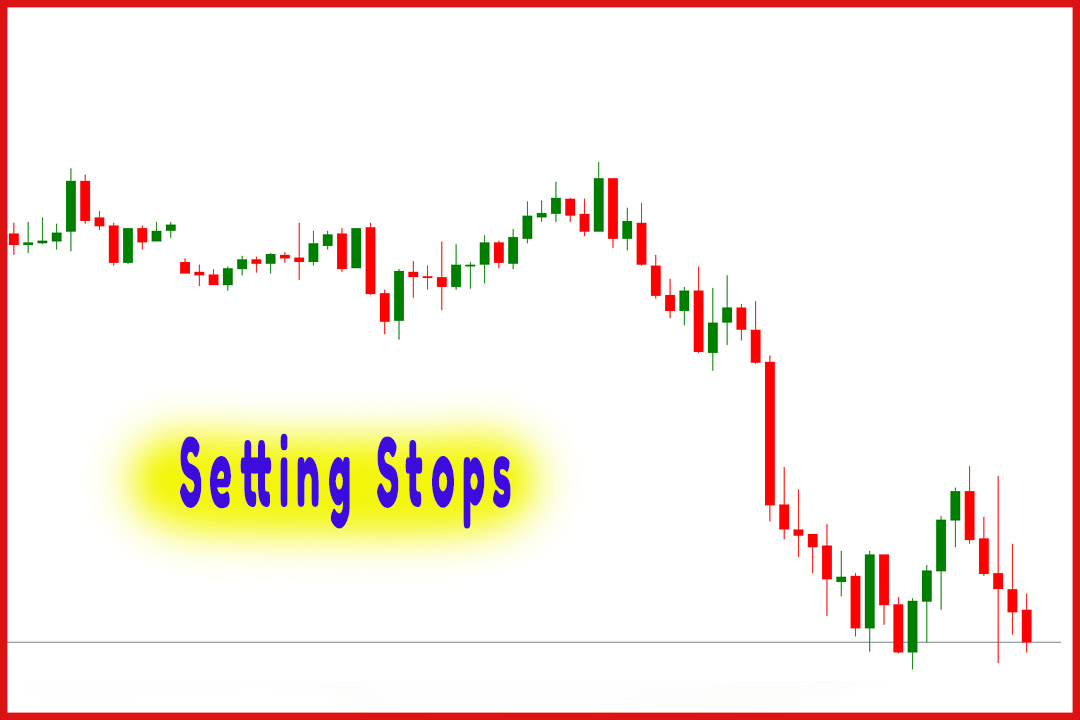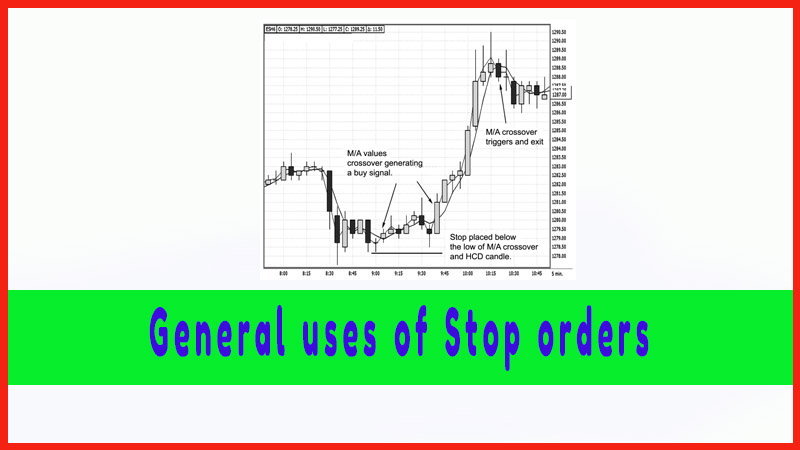Setting Stops
How to set Stoploss, Risk Management rules, types of stop orders, Buy stops, Sell stops
Course: [ The Candlestick and Pivot Point Trading Triggers : Chapter 9. Risk Management ]

The various types of stop orders and when and where to place them. It will also provide a great deal of important information on the reasons for stop orders, the type of stops that should be placed at critical price levels, and identifying these specific price levels.
Setting Stops
This
chapter will walk you through the various types of stop orders and when and
where to place them. It will also provide a great deal of important information
on the reasons for stop orders, the type of stops that should be placed at
critical price levels, and identifying these specific price levels. If a trader
is to maintain a degree of profitability over time, managing risk and using a
system that helps evaluate price changes are essential. When you have finished
this chapter, you will understand how to select stops to limit your potential
losses and how to let profits ride.
The
process in selecting stop placement as a risk management tool starts with the
price of where the trade was initiated. Here are some finer points on the
rationale for using a risk method, or having a stop-loss system in place.
- Predetermined stops help conquer emotional interference.
- Stops should be part of a system or included in a set of trading rules.
- The risk/reward ratio should be weighed before entering trades, and a stop objective should be set.
- When volatility is low, stops can be placed closer to an entry level.
- When volatility is high, stops should be placed further away from entry level.
One of my
favorite bits of advice that I give students and have taught at seminars is
that the first rule of trading starts with the premise that it is okay to form
an opinion on a gut, or instinctive, feeling—just act on a trade signal that
substantiates that opinion. Write your rules down and have them posted on your
trading screen on your computer. Before you enter the trade, check your rule
list; and make sure you know why, where, and what type of stop to place. As you
gain more experience in the business, you will undoubtedly get caught in a
news-driven, price-shock event, that is, if you have not already experienced
one. These are unavoidable and hard to escape unscathed. It is considered a
cost of doing business and should not reflect on your abilities as a trader.
Managing risk is your job, and capturing as much profit as possible from
winning trades should be your utmost goal. The descriptions of the types of
stops and the pros and cons of each should help you make the right decision for
the various circumstances or market conditions.
PLACING STOP ORDERS
Stop
orders are often referred to as a protection method against losses. These
orders can also be placed to enter positions. Specifically, a stop order is an
order that you place either through a broker or online. If the market trades at
a certain price, then the order is triggered and becomes a market order to be
filled at the next best available price. The general rules of stop placement
are:
- Buy stops are placed above the current market price.
- Sell
stops are placed below the current market price.
The Candlestick and Pivot Point Trading Triggers : Chapter 9. Risk Management : Tag: Candlestick Pattern Trading, Forex, Pivot Point : How to set Stoploss, Risk Management rules, types of stop orders, Buy stops, Sell stops - Setting Stops

